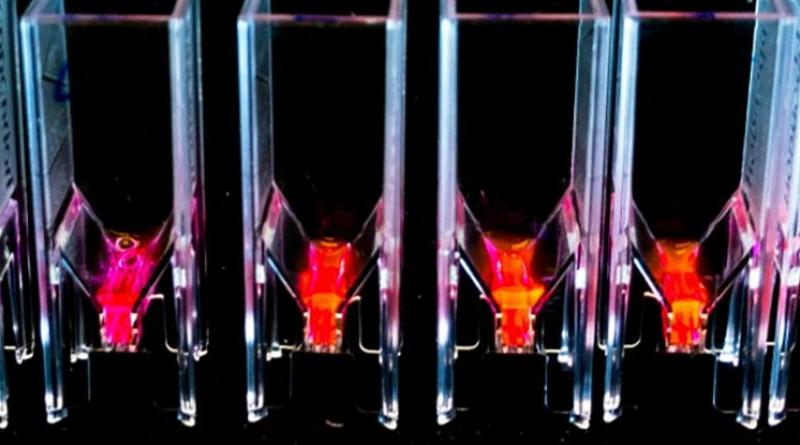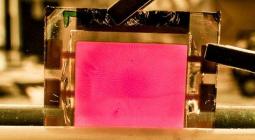Scientists Get Closer Look at Weird Algae That Are More Efficient Than Solar Panels.

When you've been surviving in all sorts of environments for billions of years, you pick up a few tricks for harvesting light as efficiently as possible – and now long-living, light-emitting microalgae could be about to help us develop the next generation of solar panels.
These fluorescent algae are able to capture up to 95% of available light – way better than even our most efficient solar panels – and now thanks to a new study, we finally have an idea of how they do it, and how we can potentially do the same.
Using advanced mass spectrometry methods, where ionisation is used to analyse chemical and structural properties of the organisms, scientists have been able to get a more insightful look at two types of microalgae in particular: cyanobacteria and red algae.
So how are they such efficient solar converters? A mass of light-harvesting antennae called phycobilisomes cover the surface of these microorganisms surface, responsible for converting light into energy.
Each antenna is made up of stacks of building blocks, and the new study has identified four different types of building block – a huge step in our understanding of how these algae work.
With these phycobilisomes, or antennae, are able to capture up to 95 percent of the light that reaches them, the potential boost for renewable energy is huge, considering the majority of mainstream photovoltaic cells we have at the moment operate in the 10-20 percent efficiency range.
"Microalgae are fascinating organisms that can do things so much better than systems designed by engineers," says one of the team, Aneika Leney from the University of Birmingham in the UK.
"By applying this knowledge, we can start to make real progress towards adapting these systems for use in solar panels."
We've had limited success using microalgae to inspire solar panel design so far because the organisms are so complex, and because there are so many different species to look at. The techniques used in this latest research could change that.
By identifying the distinct building blocks or modules in the cyanobacteria and red algae that haven't been spotted before – each a little different in the way it traps light – scientists can start to work out how to develop solar panels that work more like the best that nature has to offer.
And while microalgae may have the edge over human-made solar panels for now, plenty of progress is still being made in photovoltaic technology: some solar panels can achieve efficiency rates of close to 30 percent using the latest fine-tuning.
Meanwhile scientists continue to investigate other ways of boosting the potential of renewable energy – whether that's developing liquid fuel to store the energy harvested from the Sun, or working out how to generate electricity from the coldness of the night sky.
The next big breakthrough could come courtesy of these microalgae. Researchers will now go deeper with the analysis and work out just what it is about the light-harvesting antennae that make them so efficient.
There are more layers of biological sophistication to dig down into yet, and the team estimates there might be as many as 20 building block types to discover.
"The ingenious control panel that algae use to convert sunlight into usable energy is more complicated than a Swiss watch," says one of the researchers, Albert Heck from Utrecht University in the Netherlands. "This is the product of three billion years of evolution, and engineers could learn a lot from it."
"A primal organism that gives us the blueprint for the ultimate super-efficient solar cells."
The research has been published in Cell Chem.
12 May 2019
SCIENCE alert





